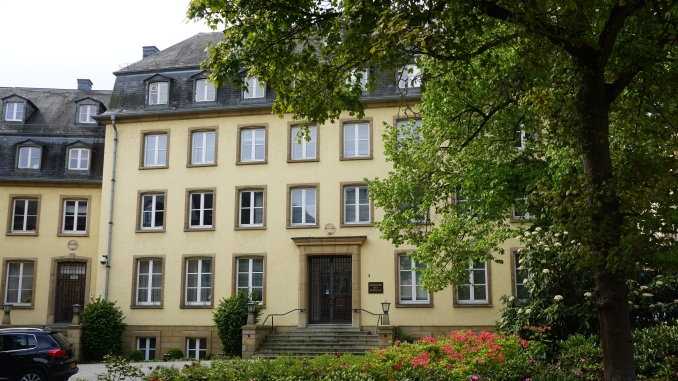
A world-first green covered bond law has been proposed by Luxembourg’s ministry of finance, with the draft bill defining a new product to finance renewable energy infrastructure. The move is just the latest green finance initiative in the country – whose covered bond market has meanwhile been in decline.
The Luxembourg ministry of finance announced yesterday (Wednesday) that it has produced a draft law to create a framework for green covered bonds and set legal standards for assets eligible as collateral for the proposed product, dubbed lettres de gage vertes.
A spokesperson for the ministry of finance told Sustainabonds that further details of the law, including details on what collateral types will be eligible, will be made public in the coming days, but said the new product will be used to finance renewable energy infrastructure projects.
“The great advantage of this bill is that it sets very strict criteria to address what green actually is, and what a covered bond must be in order to be called green,” he said.
The draft law is now going to Luxembourg’s parliament for further discussion.
The ministry spokesperson said the bill represents the latest step in Luxembourg’s efforts to mobilise private capital to fight climate change – noting that the first green bond listing took place in the Luxembourg Stock Exchange in 2007 and that a “Green Exchange” was established in 2016.
“Luxembourg is one of the leading financial centres of Europe,” he said.
“The idea with this covered bond law is to first of all show again that we take the fight against climate change seriously, and to extend the product range that exists in this field.”
The ministry of finance spokesperson added that “a couple of players” could use the proposed law for green covered bond issuance once it is implemented.
Wider efforts to define green assets and develop standards for green bond issuance are ongoing, with a European Commission action plan – due in March – expected to offer proposals on establishing a common language and classification for what qualifies as being green and sustainable for investors.
“While the topic of green mortgage loans – what is a green mortgage compared to a normal mortgage – or green financing in general is very complex, the general goal of the project seems in line with the current trend for more green capital market products,” said Bernd Volk, head of covered bond and SSA research at Deutsche Bank.
The European Mortgage Federation-European Covered Bond Council (EMF-ECBC) is also working to introduce an energy efficient mortgage product, soon be piloted by banks, through its Energy efficient Mortgages Action Plan (EeMAP) and Energy efficiency Data Portal & Protocol (EeDaPP) initiative.
“These proposals from Luxembourg are a good sign that countries are reflecting internally on how to address this issue,” Luca Bertalot, secretary general of the EMF-ECBC told Sustainabonds. “We see that the discussion is having a concrete impact on legislative debate, which is very positive, and this development also shows that EeMAP and EeDaPP are timely initiatives.”
In recent years, only one Luxembourg issuer has sold benchmark covered bonds, and all have been backed by public sector collateral. NordLB Luxembourg, a subsidiary of Germany’s NordLB, has sold four Eu500m lettres de gage publiques since making its debut in 2015.
According to figures from the EMF-ECBC, the volume of Luxembourg covered bonds outstanding has fallen year on year since 2008, with all bonds outstanding backed by public sector collateral.
Volk noted that the Luxembourg covered bond market has been in decline, with only one active issuer, and suggested that the initiative could be an effort to revive the market and provide new business opportunities.
“Having a separated cover pool for green financing is a significant first step and would indeed make Luxembourg a pioneer in this respect,” he added. “However, it remains to be seen if respective loans can be transferred from other countries into Luxembourg cover pools or if the origination would have to be done out of Luxembourg entities.
“In the latter case, it would probably take time to generate large cover pool volumes.”
Photo: Luxembourg Ministry of Finance; Source: Wikimedia Commons




1 Trackback / Pingback
Comments are closed.